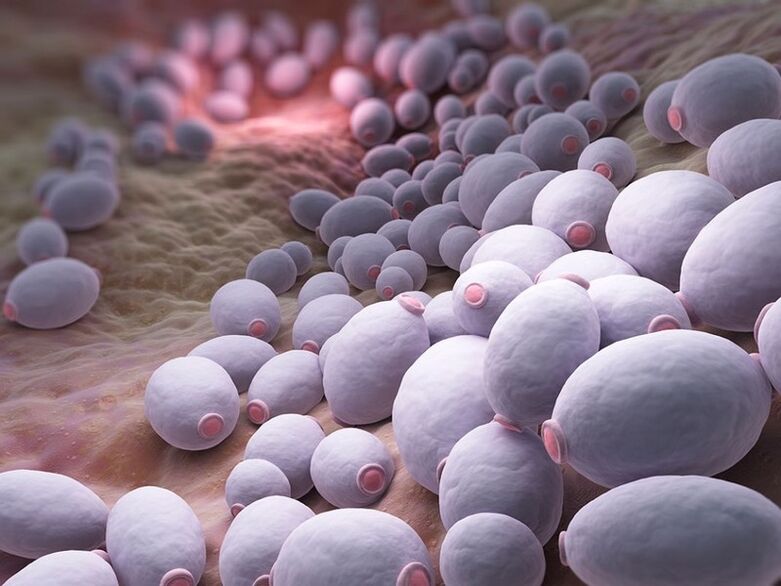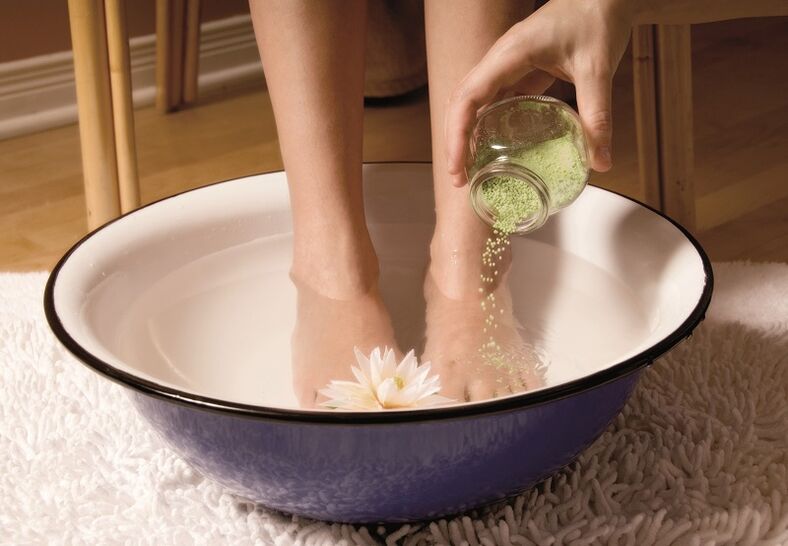One of the most common problems encountered by almost all people is fungus on the toes. Such prevalence of the disease is due to the fact that you can get infected anywhere, by regularly visiting the gym, pool, or walking barefoot on the ground or grass. In this case, it does not matter at all whether the person adheres to the rules of personal hygiene or not.
Like other diseases, this infection requires appropriate and timely treatment. If you ignore this recommendation, the disease will progress, the symptoms will start to appear more intensely, and the skin will become thin and covered with small but painful cracks.
What is a fungus and how does an infection occur?
Fungus on the toes or mycosis are contagious diseases. Such skin lesions are also called dermatomycosis. In total, there are a very large number of bacteria in nature, but not all of them can cause health problems. Mycosis is one of the most common diseases and takes second place after purulent pathologies, ie ulcers, streptoderma, carbuncles and staphylodermia.
As for the fungi that affect the skin of the feet, they are divided into 3 groups, as follows:
- Candida. It belongs to a group of yeast-like fungi.
- Zooanthropophilic. Infection can occur from both an animal and a person.
- Anthropophilic. In that case, you can only be infected by other people.

How does the fungus manifest on the fingers?
The first symptoms of fungus on the feet have unclear characteristics, so it is very difficult to recognize the disease from the first days of infection. Sometimes people don’t go to the doctor right away, not because they don’t want to, but because they don’t understand what situation they’re in. In order not to get into such situations, doctors always recommend, even with the slightest symptoms, to seek help. In that case, the patient will be spared the problem as soon as possible.
The main signs of toe infection are:
- yellowish spots and seals on the skin;
- increased sweating;
- the gaps between the fingers begin to ache and itch;
- spots and peeling of the skin appear at the sites of localization of the infection.
The intensity of symptoms can also depend on the form of the disease, squamous or interstitial. In the second case, the person will suffer from swelling of the legs, redness and constant moisture in the places affected by the infection. This shape is characterized by localization between the last 4 fingers.
In the squamous form of the pathology, white crusts on the legs, peeling, as well as increased drawing of skin lines appear. In the first days after infection, the patient feels burning and itching. If left untreated, symptoms will be complemented by an uncharacteristic glow of the skin of the feet and peeling of small gray or white scales.
How to treat fungus on the toes?
Nowadays, the patient can choose different medications that are equally effective in fighting fungus between the fingers. To get rid of the disease as soon as possible, doctors recommend the use of complex therapy, which includes the following measures:
- Taking pills.
- Use of immunostimulants and vitamin complexes.
- Gels and creams.
Note!Almost all medications are highly effective, but this does not mean that the treatment period will be short. Depending on the state of the body's protective functions, the patient will have to fight the fungus for at least 1 month.
Effective drugs to treat fungus on the toes
Foot fungus is usually treated with varnishes, gels or tablets. The most appropriate drug will be selected by a specialist.
How is the fungus on the toes treated with folk remedies?
Along with the treatment of fungus on the toes, experts advise the use of alternative therapies, but when using any medication you should consult a doctor. This will avoid allergies and other side effects.
Traditional healers are advised to pay attention to the following methods:
- Use of apple cider vinegar. This is needed to "acidify" the body. Regardless of food intake, vinegar is dissolved in a glass of water and drunk once a day.
- Foot baths. In this case, it is worth pouring 9 percent vinegar into the sink in such an amount that it covers the foot. The liquid should be a little warm. The procedure does not take longer than 15 minutes.
- Vinegar and vegetable oil. From these two components for the treatment of fungus on the feet it is necessary to prepare an ointment, in a ratio of 1 to 1. It covers the affected areas all night. To improve the effect on the foot, it is worth wearing a sock.

Effects of fungal infections on the toes
If you do not treat fungus on your feet, it can cause the following deviations:
- when the fungus remains on the fingers for a long time, it can cause increased susceptibility to other types of fungi, and can also affect the development of bronchial asthma, allergic dermatitis or other skin diseases;
- mycosis of the thumb can affect the development of diabetes mellitus or gangrene;
- if there is no treatment, the infection can spread throughout the body and affect the internal organs, in which case the patient will have to undergo long-term and more complex therapy. It doesn’t matter if it’s fungus on the little finger or other fingers.
How to avoid re-infection with mycosis after treatment?
To prevent more fungus on your fingers, you must follow all the precautions, which include the following:
- Use rubber slippers when visiting the pool or public shower.
- Adherence to personal hygiene.
- Taking vitamin complexes to improve the body's protective functions.
- Legs should be washed daily before going to bed.
- You can't wear someone else's shoes.
- Good nutrition and active lifestyle.
- In special cases, it is recommended to have removable, looser shoes.
- Do not use other people's hygiene supplies and do not give yours to anyone.
- Do not wear dirty socks.
- Use foot baths for preventive purposes.
Antifungal shoe treatment
A special product can be used to treat footwear against fungus on the skin of the toes. Not only will it help eliminate the infection, but it will also remove the unpleasant odor and rid the shoes of yeast and dermatitis.
Once the infection has healed, the shoes can be treated with an antiseptic. You can buy it at the pharmacy, the tool will enable you to clean your shoes not only from fungi, but also from other bacteria, which pose a danger to human health.





























